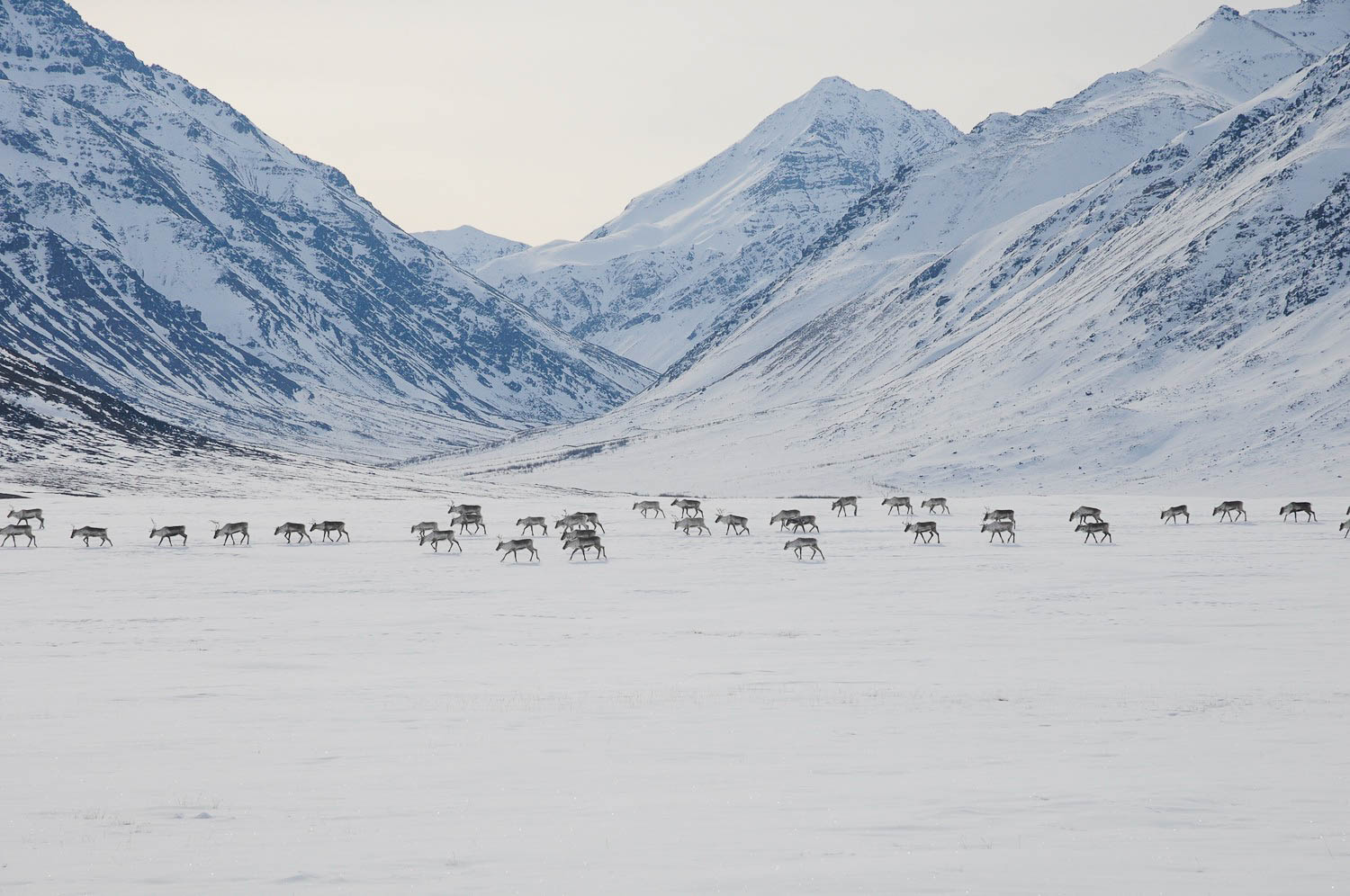Weather, starvation to blame for Nunavut island caribou die-off

A swath of dead caribou, whose decaying carcasses were spotted littering the landscape of Prince Charles Island last summer, died from starvation likely caused by weather-related events, the Government of Nunavut reports.
Samples recovered and analyzed from the animals reveal extremely low fat reserves on the caribou, Nunavut’s environment department said in a statement, Feb. 3.
“The results confirm extremely low fat reserves, indicating starvation as the cause of death. A spring storm preventing access to forage is the most likely cause of the die-off,” the statement continued.
Federal scientists spotted approximately 40 to 50 dead caribou from the air in July 2016, as their plane flew over Prince Charles Island — a large island in Foxe Basin off Baffin Island’s west coast.
The discovery was reported immediately to the government and circulated among media, but the exact cause of death remained a mystery until the release of the findings.
“There was nothing obvious [leading to death] from a visual inspection,” Paul Smith, one of the Environment Canada scientists who spotted the phenomenon, told Nunatsiaq News last August.
“If you can imagine a caribou dropped over where it was standing and dried out in the sunshine” is how he described the seemingly random groupings of dead does and bucks, of all ages of maturity.
Mitch Campbell, a Kivalliq regional wildlife biologist for Nunavut’s environment department, said the unique conditions governing Prince Charles Island make its caribou population historically prone to die-offs.
“As early as 2012 we were predicting that all of these animals on Prince Charles Island would suffer some kind of die-off in the winter,” Campbell said, Feb. 7.
Prince Charles Island is no paradise: It has a relatively low yield of forageable food, little in the way of natural shelter beyond a small beach ridge, and weather patterns that can keep waters surrounding the island churning and open even in the dead of winter.
Caribou migrating there can become trapped over winter and slim food resources on the island can mercilessly trim down herd numbers.
Campbell believes there might be more carcasses on the island yet undiscovered — given the drastic extent of conditions.
“We don’t know how widespread it was, whether it was a group of animals in a particularly bad position, remembering that there’s well over 1,000 animals on the island prior to that [die-off],” he says.
Campbell experienced first-hand the powerful impact of late-winter blizzards in the area when his group was stranded on nearby Nikko Island around the time of the suspected die-off.
“The snow was pouring in the sleeping cabin and worse in the afternoon, also the door opened out and we would have been trapped inside. For safety’s sake, we have to abandon the A-frame sleeping cabin and move all gear into the kitchen cabin,” Campbell read aloud from his logbook, chronicling a severe blizzard lasting from April 20 to 23.
His team was forced to take shifts during the heaviest part of the storm shoveling out their shelter’s seven-foot tall doorway.
“Within an hour it would fill right back up to the top,” he said, noting that the caribou on Prince Charles Island would have experienced the same conditions.
“I suspect that those animals would have been buried in a big hurry if they went to the side of the beach ridge to get out of the storm and they would have had the snow packed in right around them.”
And if the caribou survived, much of the island’s meagre helpings of food would have been buried deep beneath the drifts — posing challenges even for a hardy species that can slow its metabolism and retain food in one of two stomachs for as long as 15 days.
Campbell is quick to note however that the extreme weather besieging the small island can’t just be chalked up to climate change because Prince Charles Island has a history of violent weather that can be traced back using Inuit Qaujimajatuqangit.
“Whether the climate is changing or not changed, those islands will always do that… it’s a lot more complex,” he said.
“Its not a function of climate change, it’s a function of where the island is.”
And while the Nunavut government is confident in its conclusions, more needs to be learned from the die-off event and so scientists will return to the island in March for a more extensive study.
“Was it just these 40 or 50 animals or was it more extensive than that?” Campbell asked.
“Obviously we don’t have all the pieces of the puzzle in place.”